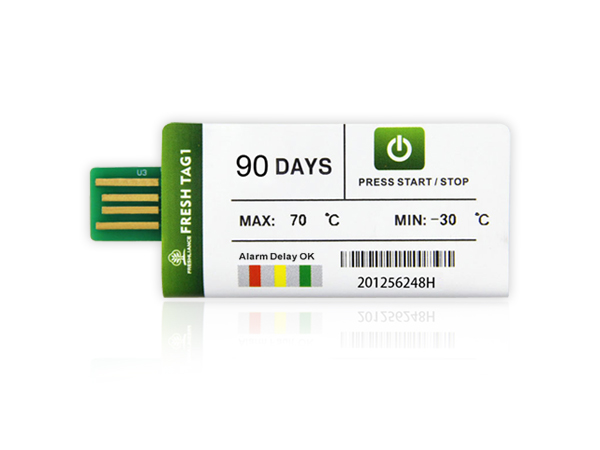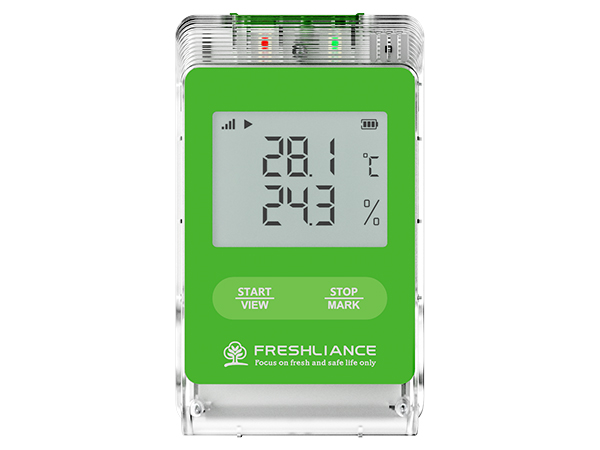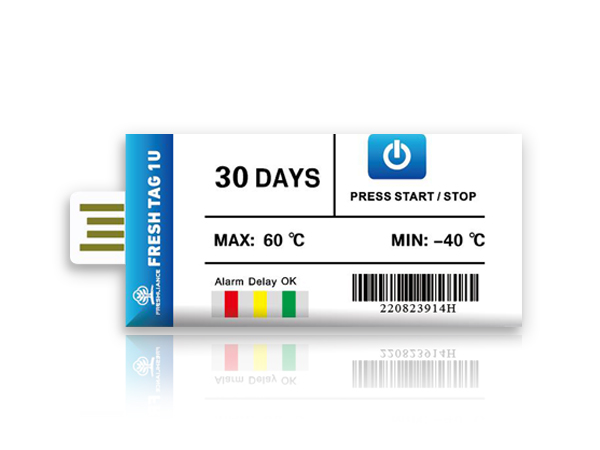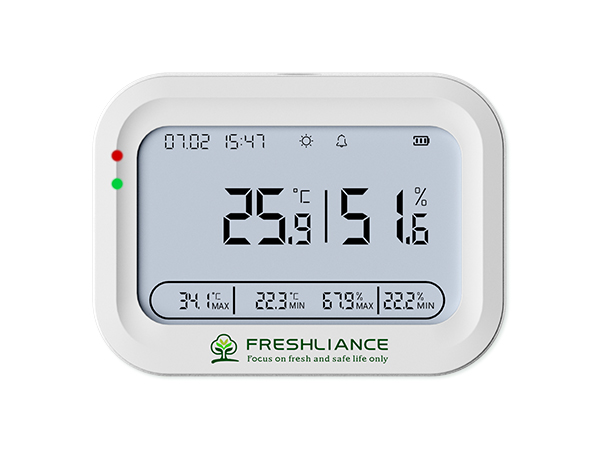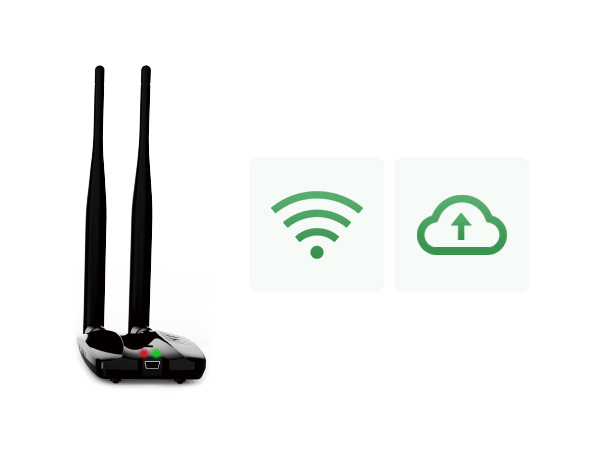Online — Vaccine temperature data loggers are a cost-effective way to stay in compliance with CDC recommendations concerning proper vaccine storage.
The CDC’s 2016 Vaccine Storage and Handling Toolkit states that the surest way to avoid losing valuable vaccine supplies is to use a temperature monitoring system for every medical storage unit in your facility.
These systems consist of one or more data loggers sending the temperature data over a network, to a wireless gateway nearby, or to the cloud itself.
Connecting with temperature sensors such as Thermocouples and RTDs, temperature data loggers automatically record medical refrigerator and freezer temperatures.
Just place the temperature sensor’s probe into a vial of glycol to act as a buffer, then place the probe into the storage unit. This makes them ideal for clinics, health departments, pharmacies and medical manufacturers alike.
Checking Vaccine Temperature
If you want a data logger with an LCD display, be sure that it shows the following:
Current temperature values (check at least 2x/day in the morning and afternoon)
Min/Max temperature values
Battery indicator
• Alarm indicator (visual + audible alert)
You should immediately contact your Immunization Program if:
Your temperature data logger shows a temperature outside of 2-8 °C
Your logger goes into alarm state
Downloading and Viewing Data
Nowadays, data loggers offer users several ways to retrieve the temperature data. This electronic documentation is proof to regulators that your facility follows best practices.
Choose the most convenient method for your building’s layout and network:
A simple way to do this is by getting a USB data logger for quick data retrieval. Just remove the memory stick from the logger's USB port, plug it into your PC, and download the data.
Ethernet and Wired LAN data loggers are popular as a low-cost way to monitor small groups of storage units.
Using a PoE (Power over Ethernet) connection, these recorders monitor current conditions via a wired or wireless LAN.
If you have a wireless network in your facility, Wireless temperature
monitoring systems are ideal for monitoring distributed storage units.
For example, you can monitor several refrigerators located in different rooms on the same floor. These loggers automatically transmit data over the network to a PC for later viewing.
eless systems most often consist of one or more loggers sending their data to a wireless gateway, although others only require you to buy a single logger. Wireless systems are available for many different wireless standards including WiFi, Bluetooth, Zigbee and more.
Cloud systems are wireless data loggers which can automatically post all the temperature data online to a cloud storage server. From there it can be viewed by multiple designees from any Internet-enabled location.
Using an online monitoring plan, you can view temperature data from any number of medical storage units in real time, giving everyone an instant heads-up when any value goes outside safe temperature windows.
*Note: regardless of your particular system, you’ll want to download the vaccine temperature data at least once a week.

 English
English Español
Español Русский
Русский Français
Français Deutsch
Deutsch عربي
عربي 中文
中文